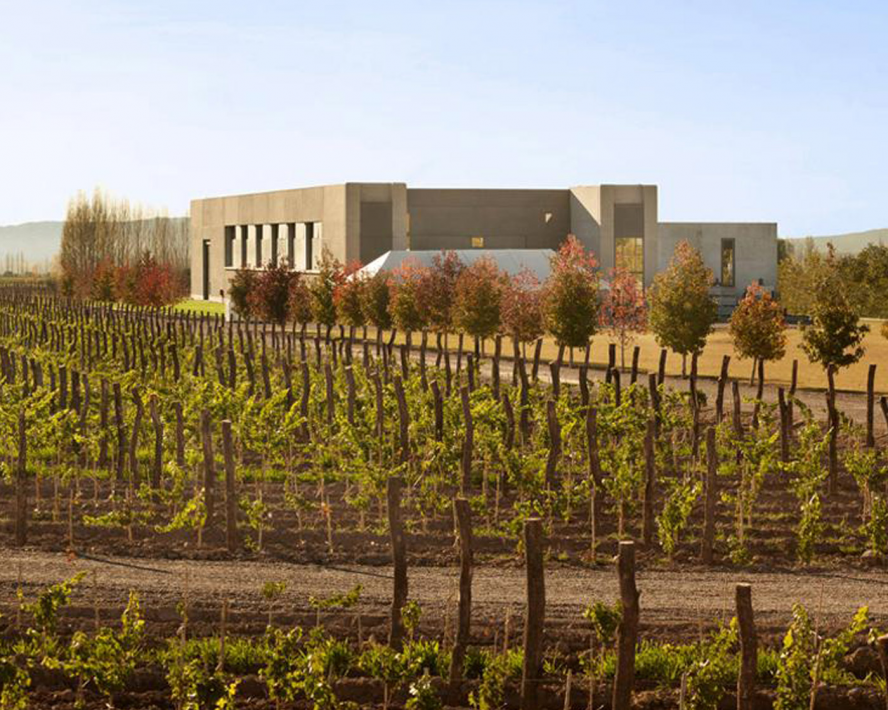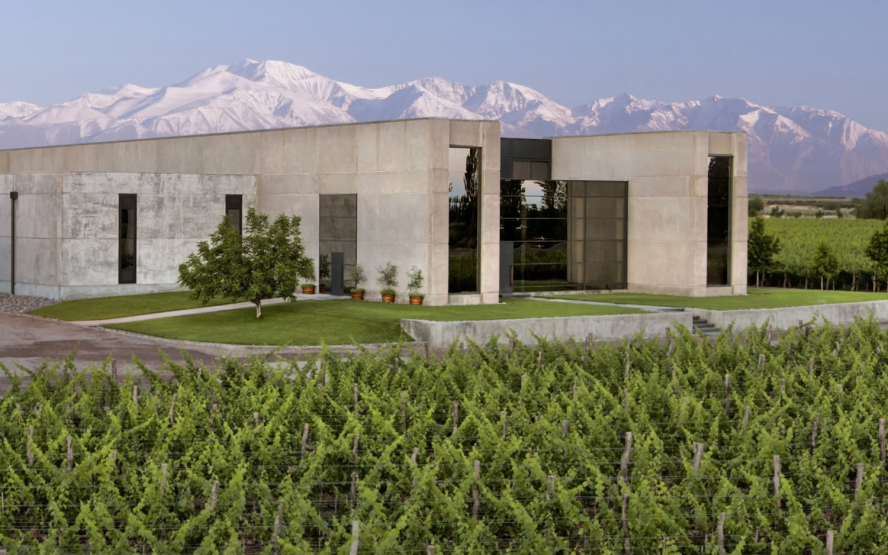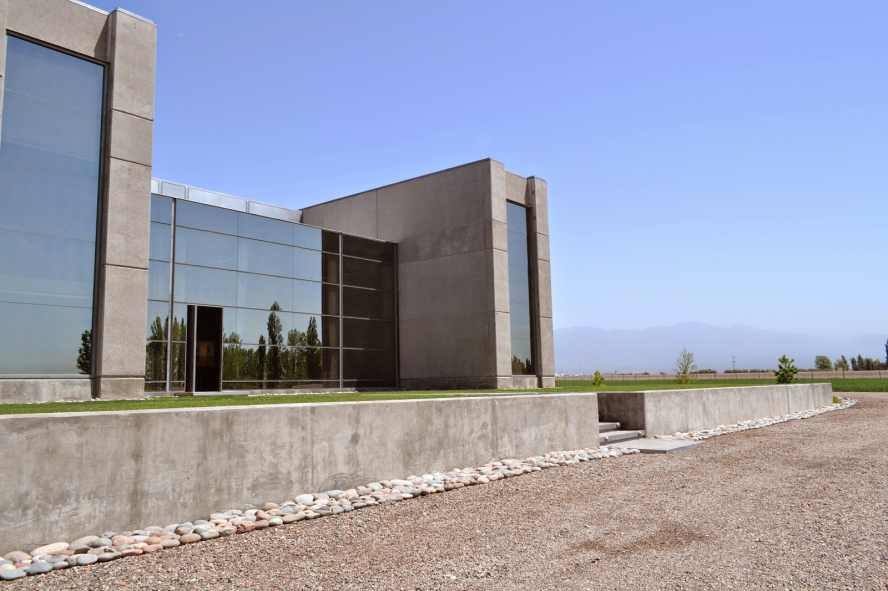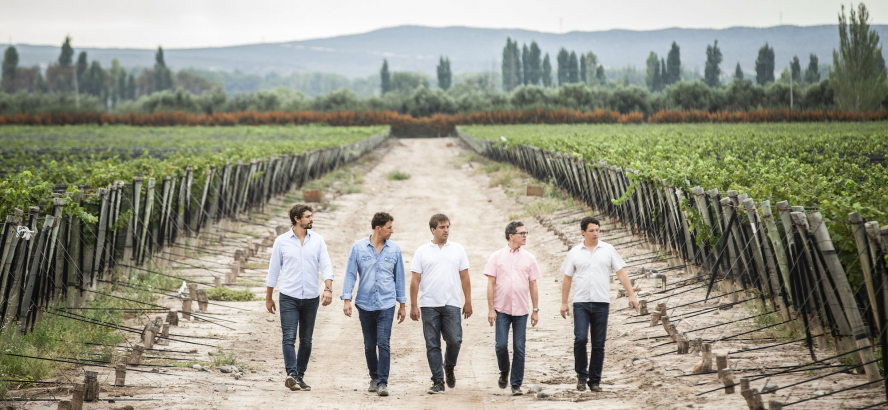Food Wine Red Wine
COBOS CHAÑARES ESTATE MALBEC (2015)
COBOS CHAÑARES ESTATE MALBEC (2015)
The Cobos Chañares is a highly expressive, exquisite and full-bodied malbec from Valle de Uco. It has a well-defined red ruby color with dark violet hues and presents aromas of wild herbs like thyme and rosemary, chamomile, violets, ripe black fruits, cassis and subtle hints of vanilla.
The mouthfeel of this vibrant wine presents velvety tannins that continue to evolve and end in a pleasant and persistent finish.
Terroir
Mendoza is divided into various regions for the cultivation of vines of excellent caliber.
Of these, there are two growing areas that stand out for their particularly outstanding conditions: Valle de Uco and Luján de Cuyo

Luján de Cuyo
Known historically as the premier wine-growing region in Mendoza. Its high elevation location in combination with a semi-desert climate and low-nutrient, gravelly soils provide ideal conditions for cultivation of quality fruit. The Mendoza River, one of the main sources of water for irrigation of the region, lends identity to the area, influencing the soils and delineating the areas of production.
Located here are the outstanding wine growing districts of Agrelo, Las Compuertas, Perdriel and Vistalba. Altitude varies between 800 m (2,624 ft) and 1,100 m (3,308 ft) above sea level and the cool temperate climate ensures optimum ripening of the grapes. The soil is made up of fine sediments of alluvial origin, with a subsoil comprised of sand and silty clay sediments.

Valle de Uco
This astounding valley boasts magnificent scenery and a privileged location at the foot of the Andes Mountains. Irrigated by Tunuyán River and other mountain tributaries flowing through the region, this area is a true oasis of production.
It encompasses the Tunuyán, Tupungato and San Carlos departments, which are further divided into notable districts including Los Chacayes, Altamira, El Peral, Gualtallary, La Consulta, Los Árboles, Villa Bastías and Villa Seca. Altitude varies from 900 m (2,952 ft) to 1,400 m (4,593 ft) above sea level, contributing to the broad annual temperature range, with generally cooler and harsher winters than in the center of the province. The soils are alluvial, and incredibly rocky with pebbles and stones of varying sizes scattered throughout.

Climate
Mendoza is distinguished by the region’s high-altitude and semi-desert conditions. The Andes Mountains strongly influence the climate, blocking the humid conditions created by the Pacific Ocean to the west. As a result, the climate is temperate and particularly dry, with plentiful sunshine throughout the year (on average, there are clear skies over 90% of the year).
Annual precipitation varies between 150 and 220 mm and rainfall is more frequent during the spring and summer. In winter, precipitation often results in light snowfall at lower elevations and heavy snowfall in the mountains.
The climatic conditions—wide temperature range and relatively low humidity—favor vine growing because they contribute to optimal maturation of naturally healthy grapes.

Soils
Soils in Mendoza consist mainly of decomposed rocks and minerals from the Andes, spread overland by wind and rivers.
In the areas under cultivation near large rivers, alluvial soils predominate on the highest, steepest slopes; alluvial-lacustrine soils prevail in areas with lower elevation, situated further from the mountain range.
Soils show a great diversity of textures, even within very small areas. They may shift from sand to silty-clay within a few meters of distance, or from rocky surfaces to soils with rocks embedded deep below. The amount of stones present in the soils is remarkable, with boulders of all sizes most abundant in the foothills of the Andes.

Irrigation
Snowmelt is the principal source of irrigation: pure mountain water is distributed through an ingenious thousand-year-old system of canals designed and constructed by the Huarpes, the indigenous people of the region. Water is delivered according to irrigation schedules; it may be used immediately for surface irrigation or stored in reservoirs for later use. This allows for the viticulturist to determine exact quantity and frequency according to the growth stage of the vine.
Another source of irrigation is water extracted from underground aquifers.

